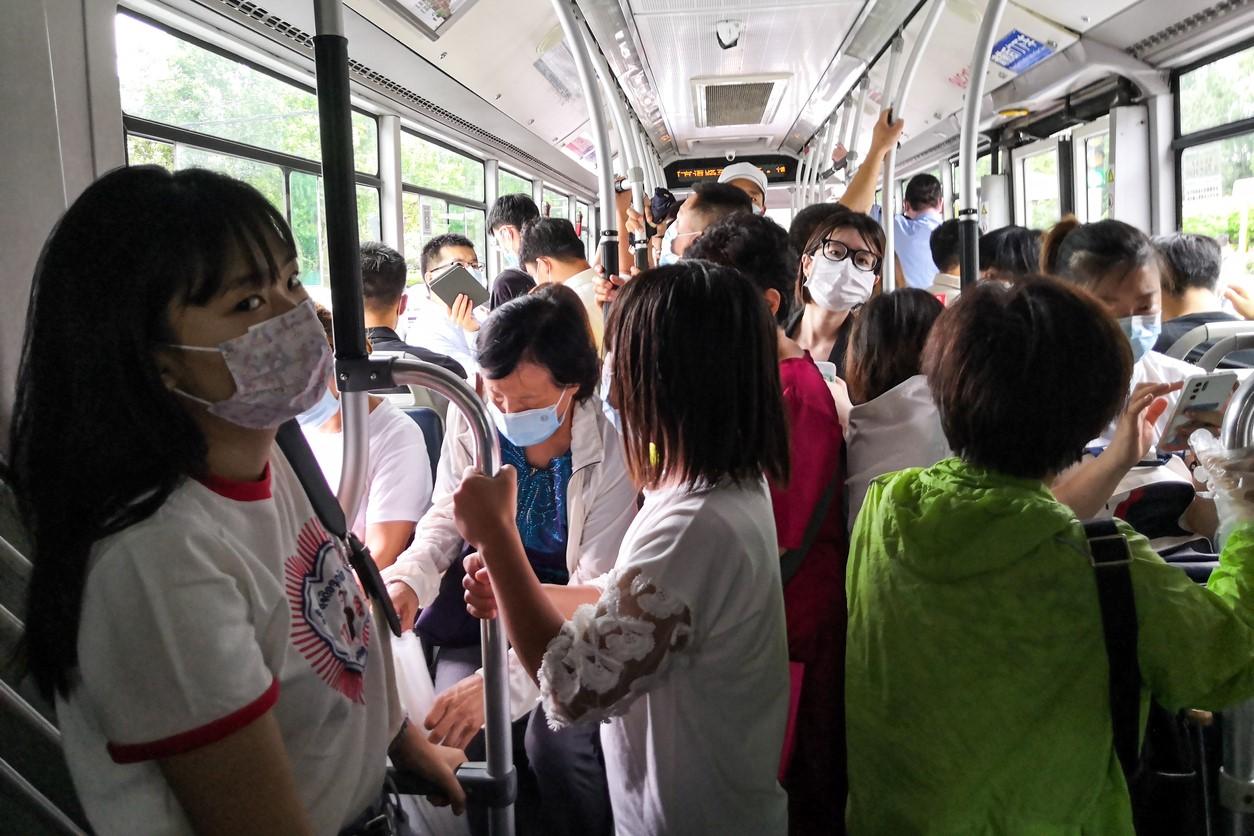As China battles an Omicron-fueled COVID-19 outbreak in Shanghai, its largest city, it is also now seeing cases rise in Beijing, its capital and home to more than 21 million people.
Meanwhile, in the United States, COVID-19 activity, mainly due to the more transmissible BA.2 subvariant, are rising, mainly in two regions.
Chinese deaths also on the rise
Officials in Beijing have ordered mass testing for people in the Chaoyang district, triggering stockpiling of groceries and other key items, as people fear a lockdown similar to Shanghai's, according to Reuters.
China hasn't backed down from its "zero COVID" policy, even as Shanghai's lockdown stretches into a month and as cases—and now deaths—continue to rise. Lockdowns have frayed residents' morale, been a drag on China's economy, and stretched global supply chains.
Today, China reported 20,194 new local cases, 17,728 of them asymptomatic, according to the country's National Health Commission. Most were from Shanghai, but 14 symptomatic and 5 asymptomatic cases were from Beijing.
Deaths, typically a lagging indicator, continue to rise steadily, and China today reported 51 deaths, all from Shanghai. Fatalities are at their highest level since April 2020.
Daily US cases approach 50,000
Daily COVID-19 case counts in the United States are up 51% in the last 2 weeks, with 46,992 new cases reported yesterday, according to the New York Times. Cases are rising most rapidly in the Midwest and the Northeast.
Cases have been rising due to the emergence of the BA.2 subvariant, now the dominant strain in the United States. The Health and Human Services Protect Public Data Hub shows 15,642 inpatient beds in use for COVID-19.
The Biden administration is moving to raise awareness of the antiviral treatment Paxlovid and taking steps to make it easier for people to access, the Associated Press reports. The United States has ordered enough pills for 20 million people. In a related development, the US Centers for Disease Control and Prevention (CDC) issued a Health Alert Network notice, updating clinicians on the availability and use of treatments for mild to moderately sick patients at increased risk for severe outcomes.
The pills, which were approved in December, reduce hospitalizations and deaths 90% among patients most likely to get severe COVID-19. The administration is working to strengthen a pharmacy channel, which would see the pills dispensed in a test-to-treat model at commercial pharmacies across the country.
CIDRAP News Reporter Stephanie Soucheray contributed to this story.




















